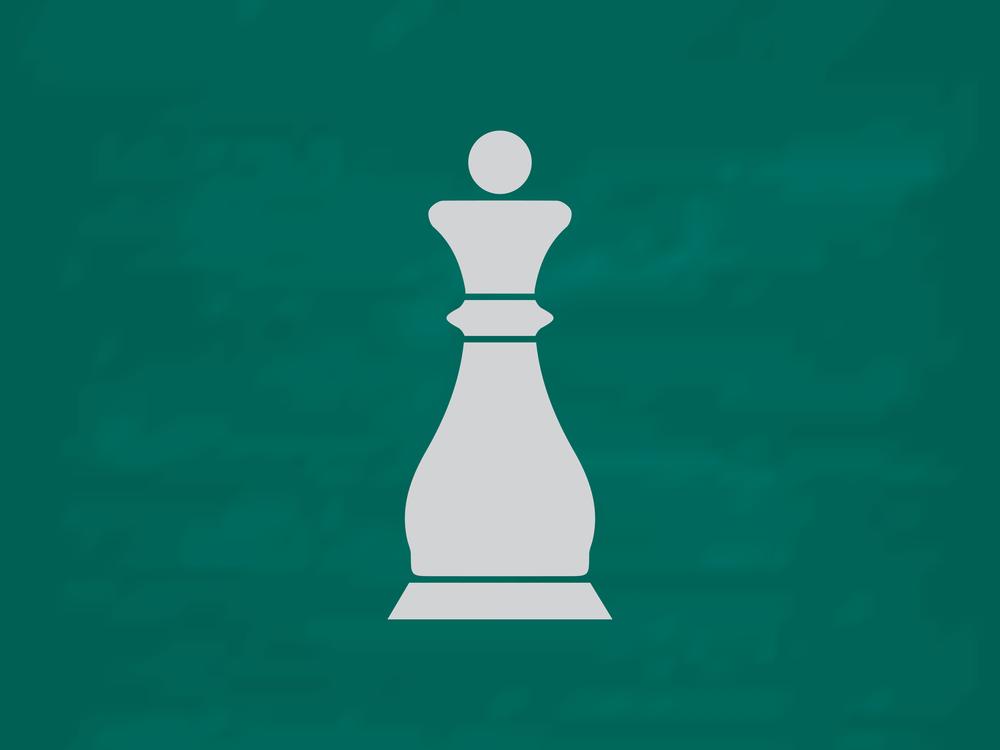
The Positional Queen Sacrifice
Alone together. Foolish wisdom. Cruel kindness. Arrogant humility. All of these phrases are oxymorons, "combination of words that have opposite or very different meanings."
The title of this article seems to fit this definition to the letter. We have discussed both queen sacrifices and positional sacrifices, but to lump them together appears illogical to the point of absurdity. Indeed, to sacrifice even a pawn for strategic (and therefore intangible) compensation is an immensely difficult action to undertake. However, true positional mastery is impossible as long as we fail to perceive the importance of strategic advantages.
In fact, positional dominance can render even a large material advantage insignificant. In this article, we will consider several instances in which players brilliantly stopped at nothing to establish this dominance, even if it meant parting with the lady. To be clear, positional queen sacrifices occur very infrequently in tournament practice, but I hope that our exploration will reveal a broader truth about the nature of modern positional chess.
In the majority of cases, the strategic underpinnings of a positional queen sacrifice are not difficult to comprehend. This is also true of positional sacrifices in general: they are usually difficult to play rather than difficult to see. To this end, you must avoid the temptation to rule out a certain option on the basis of its appearance. Just like one should not judge a book by its cover, you should not reject a move simply because your subconscious is whispering that such a brazen idea cannot possibly work. In the following game, Croatian GM Zdenko Kozul approaches the position from a logical, open-minded standpoint, and comes up with a dazzling positional queen sacrifice.
Brilliant though it was, can Kozul's sacrifice truly be considered positional? While it did ultimately lead to a mating attack, this attack was made possible by the positional dominance imposed by Black's rooks and bishop. White's queen could only bumble about on the first rank as Black's impeccably coordinated army rushed in to deliver the knockout blow.

Of course, not all positional queen sacrifices are so one-sided. At times, you must rely on your intuition to determine whether the benefits outweigh the risks. Decisions of this sort must be made on a case-by-case basis, but do keep in mind the old Russian proverb: "he who does not risk does not drink champagne!"
Extraordinary, mind-expanding play by Mr. Radjabov. It is no fluke that Anand failed to come up with the sequence of moves that would have kept an advantage (starting with 26.Bd2). Despite White's objective advantage, he was under tremendous pressure; only a computer is able to fish out the only correct line in an ocean of tempting alternatives and wild variations.
Now, I would like to give you the opportunity to step into a grandmaster's shoes and produce your very own positional queen sacrifice! Note: After move 31 (the end of the puzzle), press the '?' button to reveal the rest of the game.
To echo the point made at the beginning of the article, positional queen sacrifices are the black caviar of chess: they are not common occurrences. On a broader scale, though our exploration supports the idea that chess is a game of quid-pro-quo.
To outplay a strong, experienced player, you must continually weigh a move's benefits against the damage that it inflicts upon your own position. We can only hope that the former will outweigh the latter!



